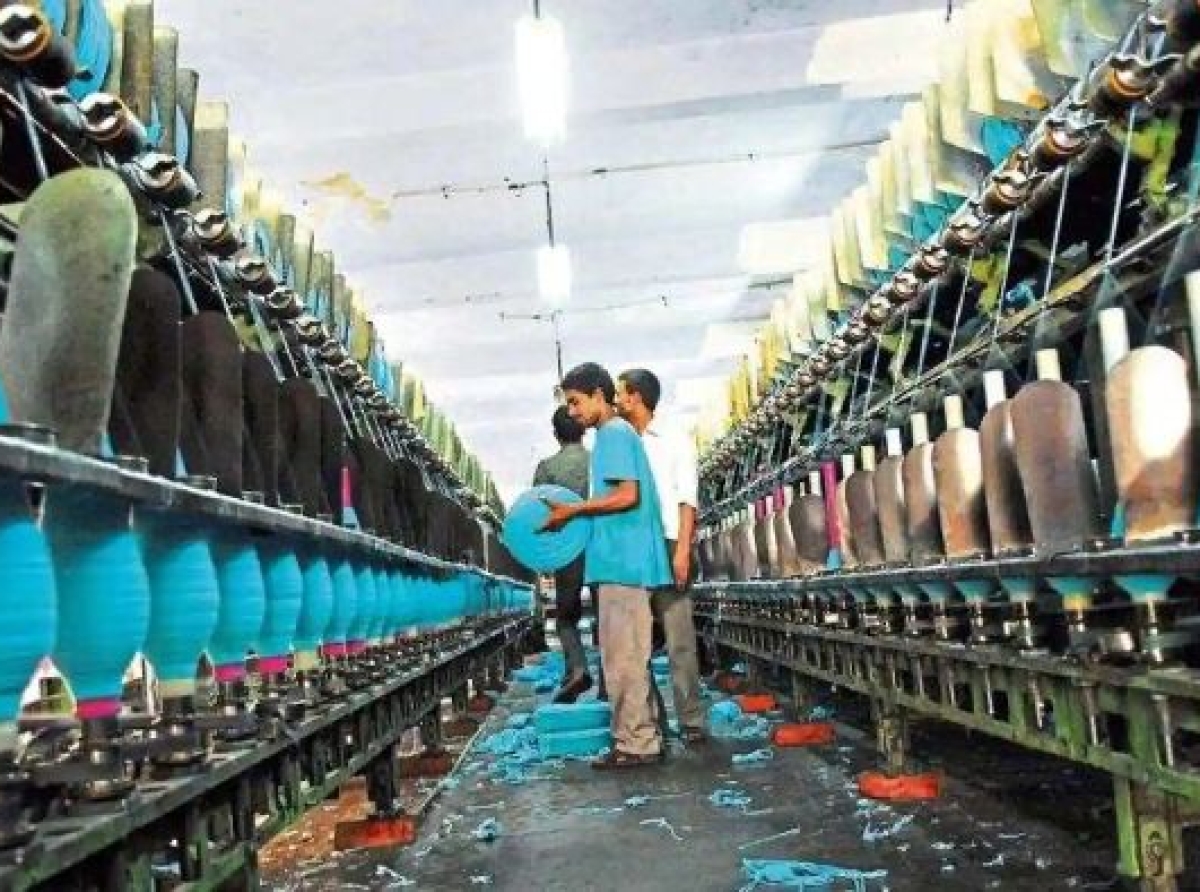How Textile Industry can deleverage to mitigate global slowdown

13 December 2022, Mumbai
Smriti Zubin Irani, the former minister of textiles, stated that the slowdown in overall global growth has affected demand and the expansion of most domestic sectors, including materials.
Existing scenario
In response to a question about the anticipated improvement in the overall credit profile of the textile sector, she wrote: "Overall global growth slowdown no doubt impacted the growth of most of the domestic sectors including textiles and subsequent improved demand and profitability will no doubt be partly countered by sticky working capital requirement."
According to data from the RBI, credit exposure to the textiles sector increased from October 2018 to March 2019 from Rs 1.96 lakh crore to Rs 1.87 lakh crore. Credit is projected to become more widely available, she stated. "As far, there appears no definite report for the decline in the textiles and handloom/handicrafts industries," she said in response to a related inquiry about the decline in textile production. In 2017–18, apparel and textile exports from India made up 13% of the country's overall exports.
India accounts for 5% of the global textile and clothing trade. In value terms, the textile sector accounts for 7% of industry output, 2% of India's GDP, and 15% of export revenue.
Even though economies worldwide are battling the coronavirus, the global textile and clothing industry is beginning to reach pre-2020 sales and revenue levels and is anticipating a solid turnaround in 2022.
Growth concerns
There is now concern that the confrontation between Russia and Ukraine may impede the recovery of the sector, which is among the top employers. Nirmala Sitharaman, the Union Finance Minister of India, stated that "newer issues emerging in the world will pose a challenge to India's progress. For recovery to be sustainable, peace will be restored as soon as possible. The global and Indian economies' ability to recover will be seriously impeded.
The average price of crude oil in 2021 was $71.4 per barrel. Additionally, the average cost is 24.44% higher in the first two months of 2022 alone than in 2021. Oil and energy prices are anticipated to increase further, particularly following the conflict, notwithstanding the underlying global oil politics. This will consequently drive up the price of polyester and production costs.
Inflationary pressures
Polyester prices will be 7.5% higher on average in 2022 compared to 2021. 2022 cotton prices, on average, are 28.22% higher than 2021 cotton prices. Given the constant rise in cotton prices, some producers have transitioned from cotton to polyester, but it is still being determined how long this will be viable. There isn't any justification for a considerable decrease in inputs and raw materials prices.
Early indications were that shipping container congestion was decreasing and that freight prices were beginning to stabilize. Things may get tense once more.
























